Perched on the majestic Mount Titano sits San Marino, a tiny microstate that captured my heart from the moment I arrived. As I wound my way up the narrow roads, medieval towers emerged against the blue sky, promising a day of exploration unlike any other in Italy. This remarkable mountaintop republic, completely surrounded by Italy yet fiercely independent, has outlasted powerful kingdoms like Genoa and Venice to become the world’s oldest surviving sovereign state.
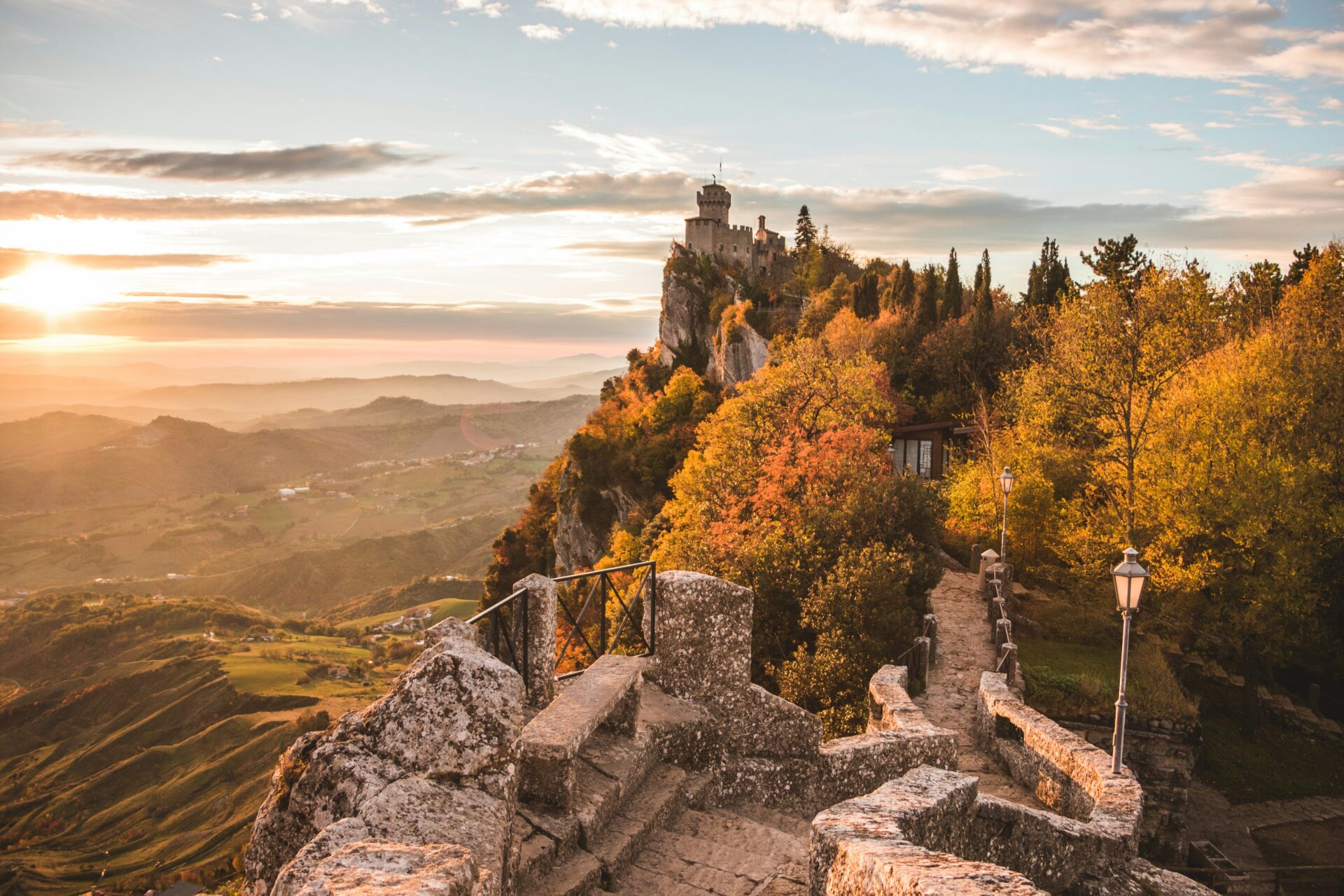
My day trip from Bologna took just a few hours, but transported me centuries back in time. The compact historic center made it easy to explore the main attractions, including the three iconic towers that crown Mount Titano. What makes San Marino special isn’t just its dramatic views or tax-free shopping, but the sensation of visiting a fairytale kingdom that somehow survived the turbulent tides of European history.
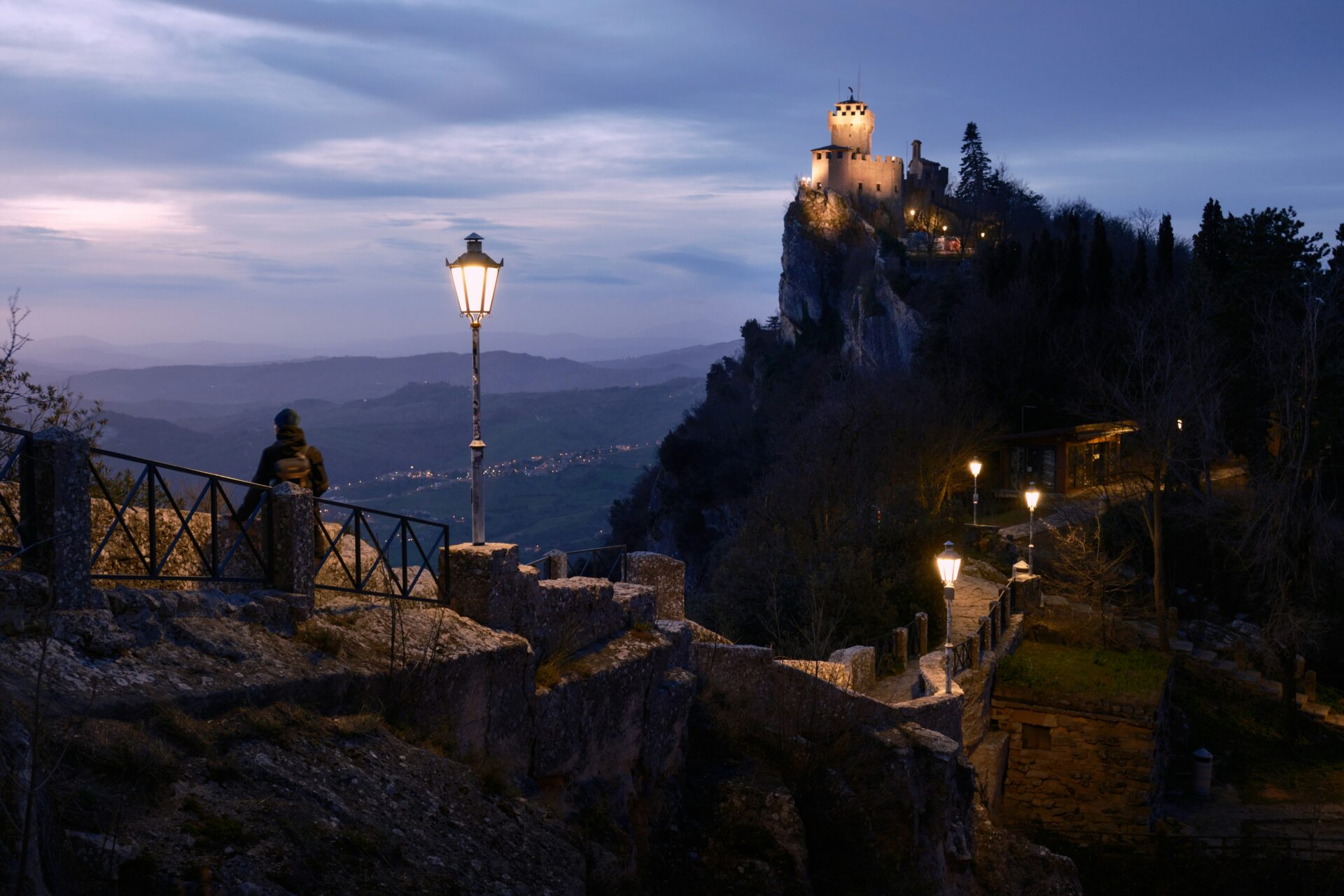
Walking through San Marino’s stone streets, I discovered a perfect blend of history, stunning panoramas, and unexpected charm. Though often overlooked by travelers rushing between Florence and Venice, this eccentric microstate offers a refreshing break from Italy’s more crowded destinations. The views alone spanning across the Italian countryside to the Adriatic Sea make the journey worthwhile.
History and Culture of the Most Serene Republic of San Marino
San Marino fascinates visitors with its remarkable story of survival and independence spanning nearly two millennia. The tiny nation has preserved its unique political heritage while developing rich cultural traditions that continue to this day.
The Founding Legend and Independence
The story of San Marino begins with its namesake, Saint Marinus, a stonecutter who fled religious persecution and founded a small community on Mount Titano in 301 CE. As I walked the narrow cobblestone streets, I could almost feel this ancient history beneath my feet.
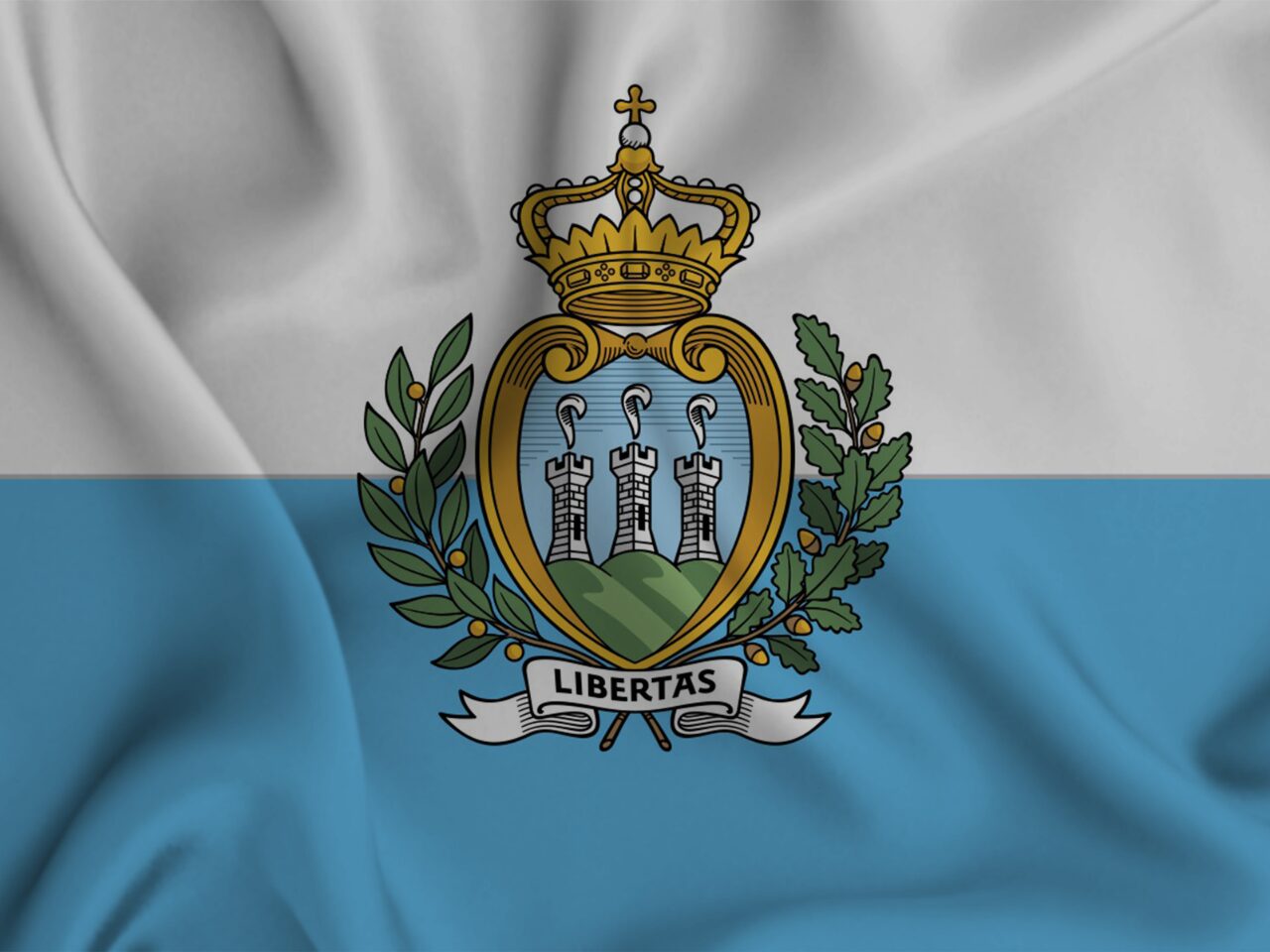
Unlike its powerful neighbors that rose and fell through centuries, San Marino managed to maintain its independence through clever diplomacy. When I visited the State Museum, I learned how this tiny republic outlasted mighty kingdoms like Venice and Genoa.
Even Napoleon respected San Marino’s sovereignty when he conquered Italy. Later, during Italian unification, the republic gained further recognition when Giuseppe Garibaldi respected its borders. This remarkable political survival makes it the world’s oldest surviving republic.
San Marino’s Political Heritage
The political system here is unique and fascinating. San Marino operates as a parliamentary republic with two Captains Regent who serve as heads of state for just six months at a time.
I was lucky to visit during the Captain Regent inauguration ceremony, which happens twice yearly on April 1 and October 1. The pageantry and traditional costumes were incredible to witness.
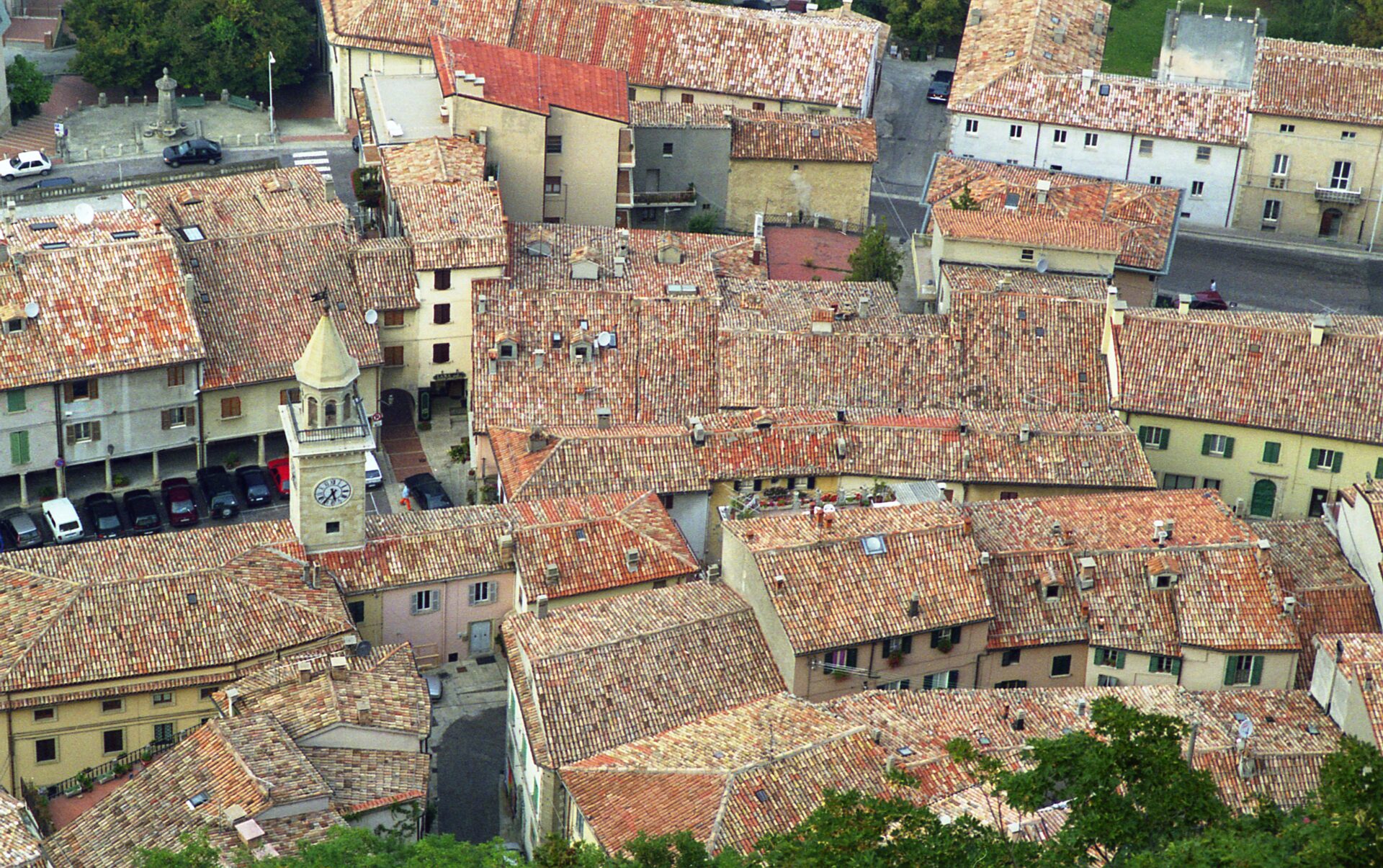
The Great and General Council, their parliament, meets in the Public Palace. When I toured this beautiful building, my guide explained how San Marino’s constitution, written in 1600, is one of the oldest still in effect.
San Marino proudly calls itself “The Most Serene Republic,” a title that reflects its peaceful history and constitutional stability over the centuries.
Cultural Festivities and Traditions
San Marino’s culture blends Italian influences with unique local traditions. During my visit, I tried traditional Sammarinese cuisine, including their famous torta tre monti (three-tower cake) that symbolizes the three peaks of Mount Titano.
The Medieval Days festival transforms the historic center into a living museum each summer. Locals dress in period costumes, demonstrate traditional crafts, and perform medieval music throughout the walled city.
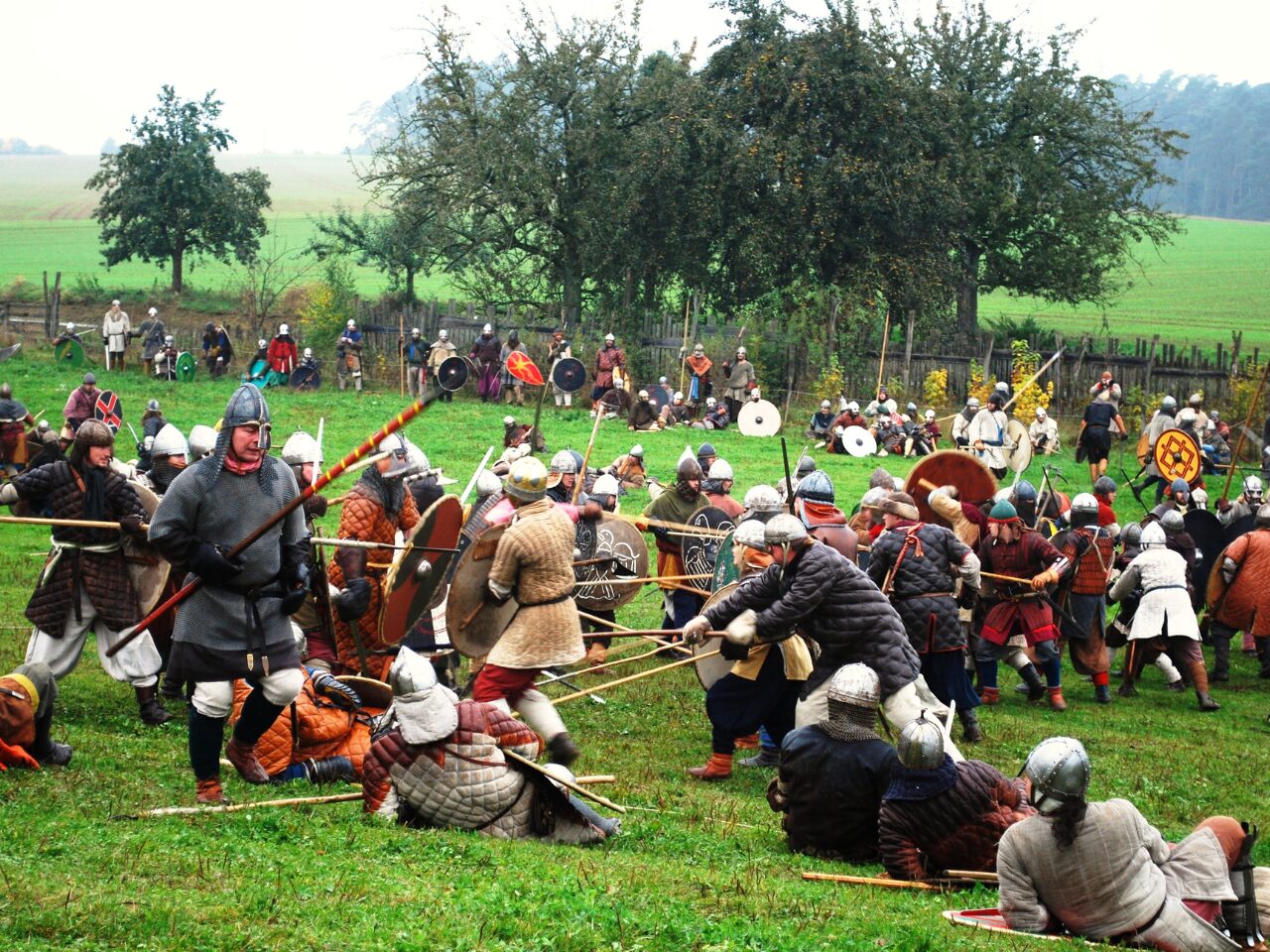
I was particularly impressed by the Crossbow Corps, a ceremonial military unit dating back to the 1300s. Their colorful uniforms and precise marching reflect San Marino’s proud heritage.
The three towers that crown Mount Titano aren’t just spectacular viewpoints but also powerful cultural symbols. They appear on everything from the national flag to local crafts, representing the enduring freedom and independence of this remarkable microstate.
Exploring the Heart of San Marino: A Journey Through Narrow Streets
Wandering through San Marino’s winding cobblestone paths feels like stepping back in time. The medieval charm captivates visitors immediately, with stunning views of the Italian countryside appearing around nearly every corner.
The Charm of San Marino’s Historical Center
The historical center of San Marino took my breath away with its perfectly preserved medieval architecture. Stone buildings with terracotta roofs line the narrow pathways that twist up and down the mountainside.

I spent hours getting deliberately lost in these ancient streets. Each alleyway revealed something new – a hidden café, a small garden, or a stunning viewpoint overlooking the valleys below.
The Three Towers of San Marino stand as the most iconic landmarks. I climbed up to Guaita, the oldest tower dating back to the 11th century. The steps were steep but worth every bit of effort for the panoramic views.

Street musicians and artists add to the lively atmosphere, especially in the main square, Piazza della Libertà. Here, the changing of the guard ceremony happens with precision and pageantry.

Unique Boutiques and Local Crafts
San Marino’s narrow streets hide an impressive array of shopping opportunities. The country is famous for its stamps, coins, and ceramics – all popular souvenirs I couldn’t resist.
Many shops showcase local artisans at work. I watched a master craftsman hand-painting ceramics with intricate designs and patterns unique to the region. His family had been in the trade for generations.
Tax-free shopping makes San Marino particularly appealing. I found everything from luxury goods to local specialties like:
- Handcrafted crossbows (miniature replicas, of course)
- Locally produced wines and liqueurs
- Traditional San Marino cookies called “Torta Tre Monti”
- Beautifully crafted leather goods

Small chocolate shops offered samples of their house specialties. The chocolate-covered candied orange peel became my personal favorite.
Tales from the Old Town
Every corner of San Marino’s old town tells a story. Local guides share legends about how the republic maintained its independence through centuries of Italian unification and two world wars.
The oldest part of town houses the Basilica di San Marino, built in the 19th century over the ruins of an ancient Roman church. Inside, the remains of Saint Marinus himself rest in a marble urn.
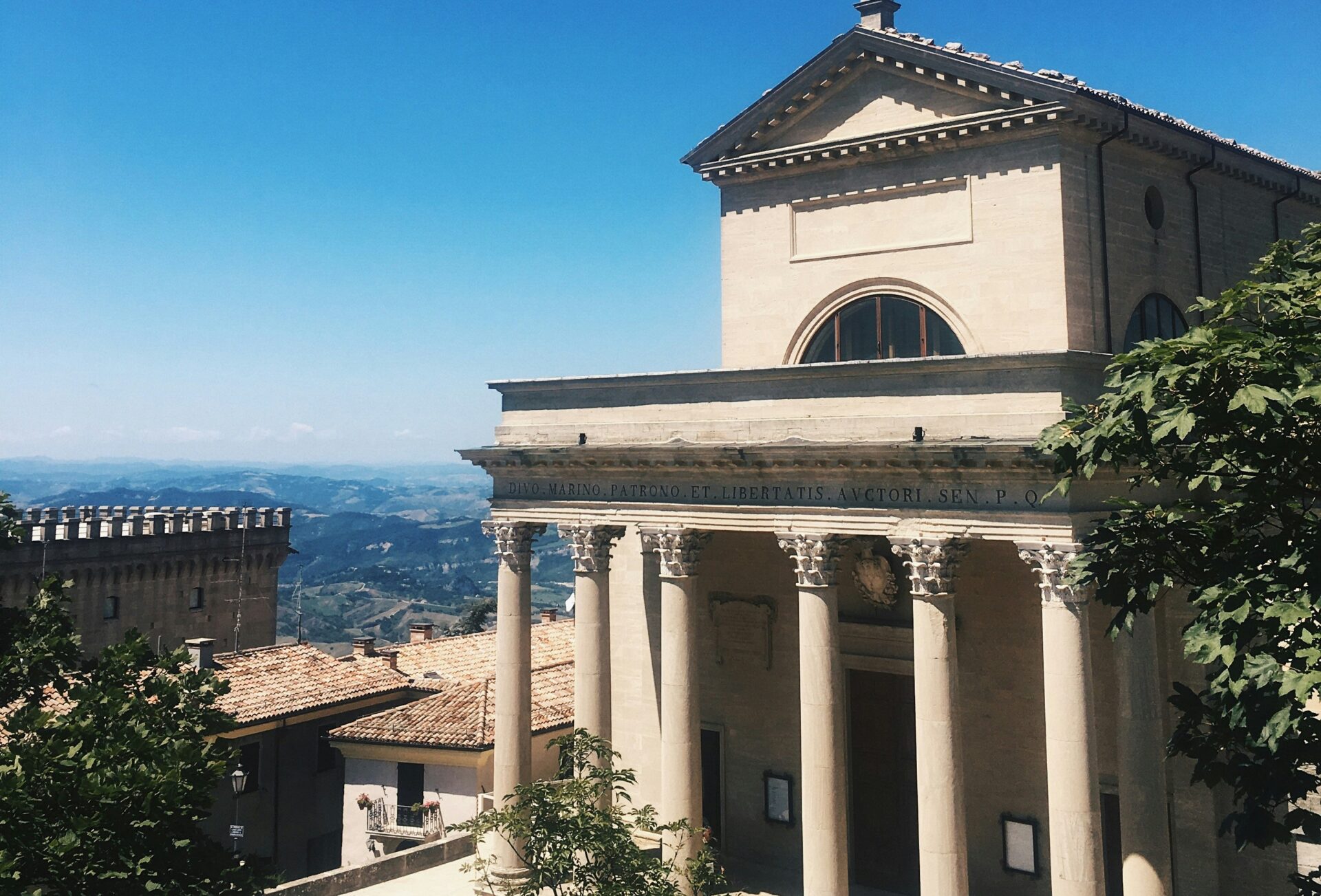
I chatted with an elderly local named Paolo who proudly recounted how his ancestors helped defend San Marino’s neutrality during World War II. The country sheltered over 100,000 refugees during that time despite its tiny size.
The Museum of Curiosities showcases unusual artifacts and tells quirky stories about San Marino’s past. It’s small but entertaining and provides a refreshing break from the more serious historical sites.
Captivating Views from Mount Titano
Standing at over 700 meters above sea level, Mount Titano offers breathtaking panoramic views that make San Marino truly special. The vistas stretch across the Italian countryside to the sparkling Adriatic coast on clear days.

Sunset from the Towers
I arrived at Guaita Tower about an hour before sunset, which turned out to be perfect timing. The golden light washed over the medieval stone walls, creating a magical atmosphere you can’t find anywhere else.
From this vantage point, I watched the sun slowly sink behind distant hills, painting the sky in vibrant oranges and pinks. The Adriatic Sea glimmered on the horizon, appearing almost like a mirage in the distance.
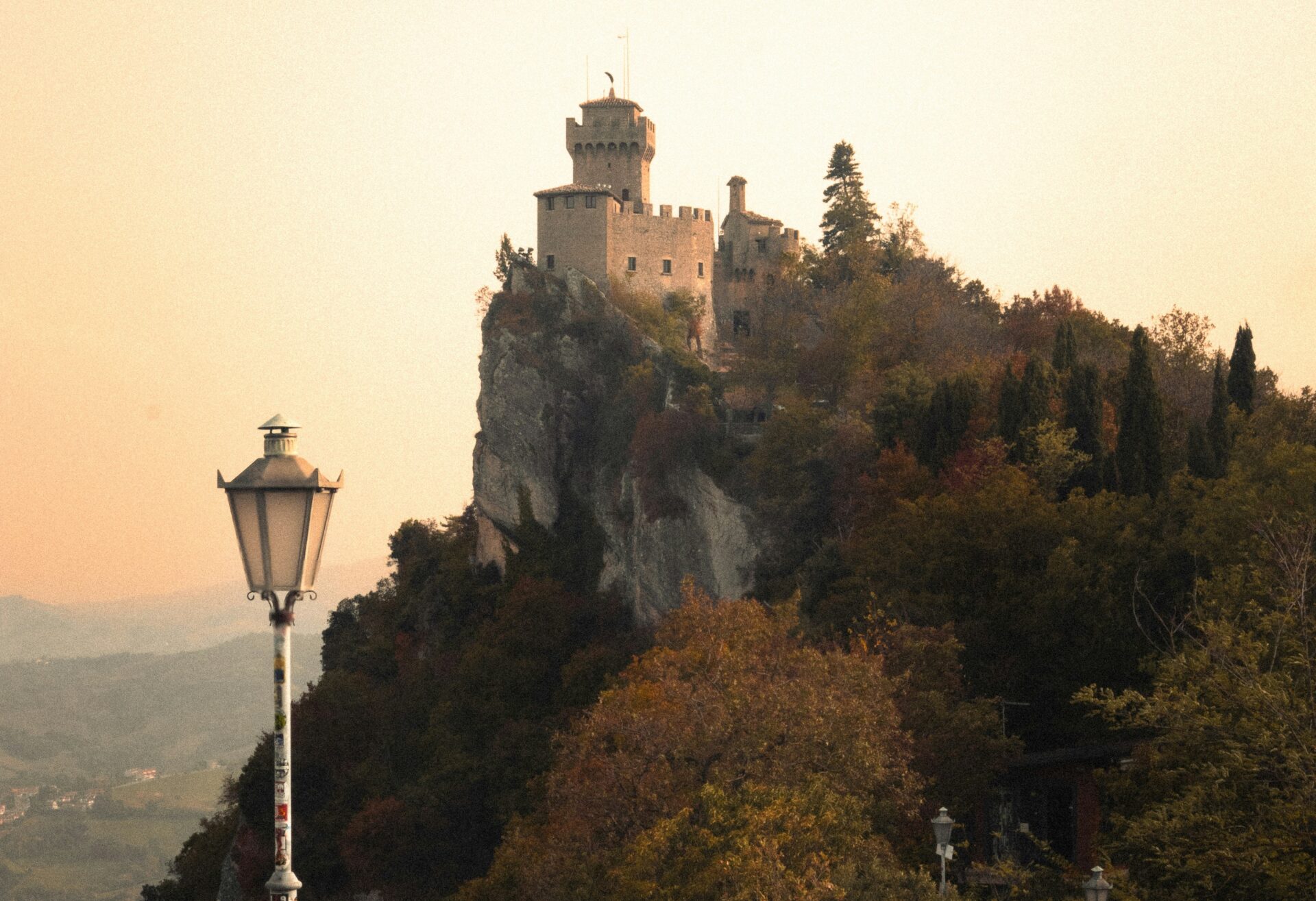
The changing colors transformed the landscape below. Tiny Italian villages dotted the countryside, their lights beginning to twinkle as darkness fell. Many visitors gathered with me, everyone falling silent as the spectacular show unfolded.
Panoramic Photographs and Memories
The three towers of San Marino – Guaita, Cesta, and Montale – each offer unique perspectives for photography enthusiasts. I found Cesta provided the most complete 360-degree panorama of the surrounding regions.
My smartphone camera couldn’t fully capture the majesty, so I recommend bringing a wide-angle lens if photography is your passion. The best spots often have safety railings that make it easy to set up steady shots.

Morning visits offer crisp, clear views with fewer crowds. However, I preferred the dramatic afternoon lighting that added depth to my photos. Several viewing platforms include helpful information plaques identifying distant landmarks.
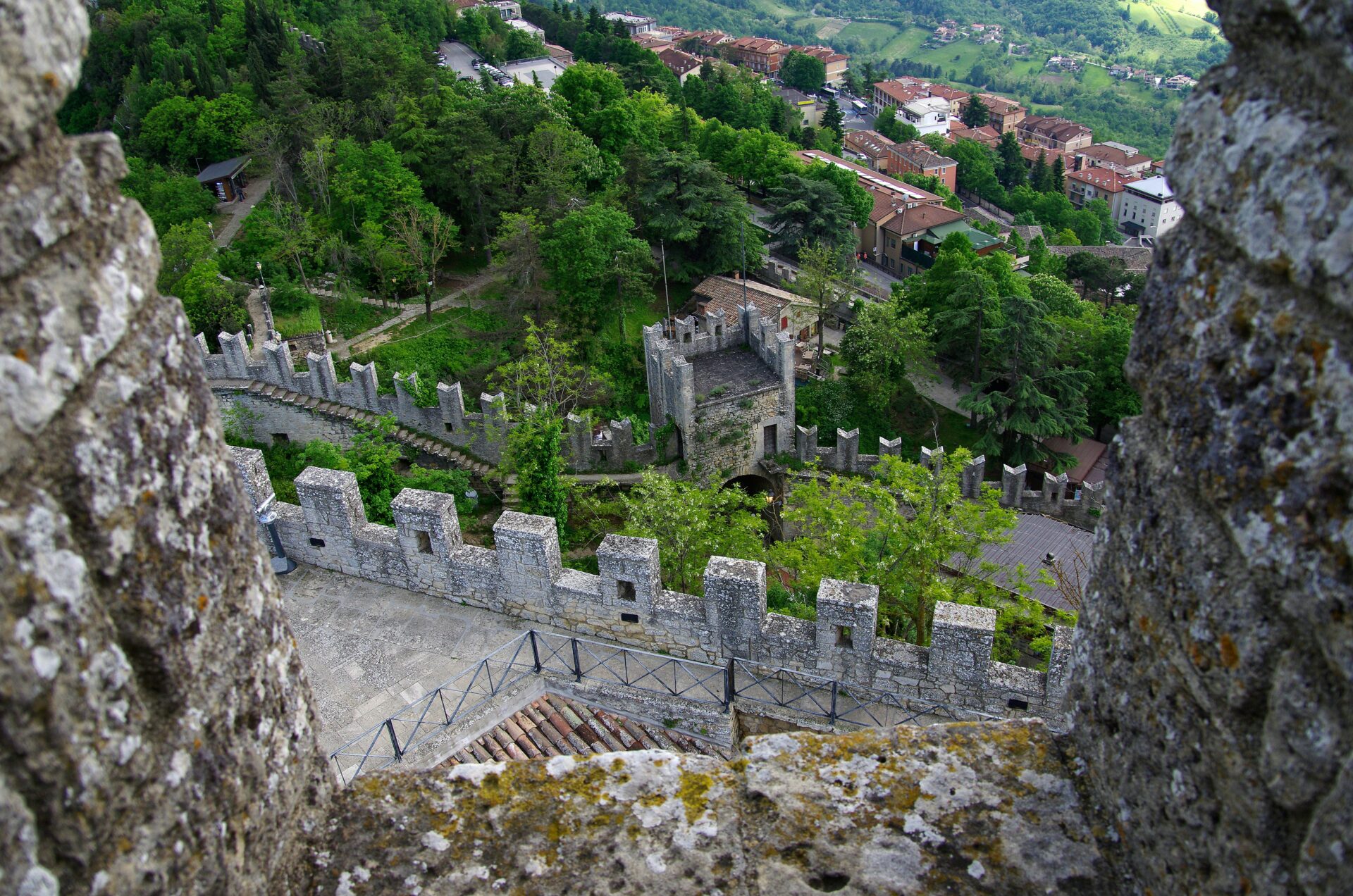
Don’t miss the cable car view either! It provides a completely different perspective as you ascend or descend the mountain, perfect for videos that showcase the dramatic elevation change.
San Marino’s Gastronomy: A Blend of Tradition and Flavors
San Marino’s cuisine captivated my taste buds with its unique blend of Italian influences and local traditions. The mountaintop microstate offers delightful culinary experiences that reflect its rich heritage and close ties to the surrounding Italian regions.
Local Delicacies and Where to Find Them
The star of San Marino’s cuisine is undoubtedly the Torta Tre Monti (Three Towers Cake), a layered wafer cake inspired by the republic’s famous towers. I found this sweet treat in almost every café and bakery in the historic center.
For savory options, I tried Faggioli con le cotiche (beans with pork rind), a hearty dish perfect after exploring the steep streets. The small restaurant near Piazza della Libertà served the most authentic version.

Piadina, a flatbread typically filled with cured meats and cheese, makes for a perfect quick lunch. The tiny shop beneath the First Tower offered amazing piadinas with views to match.
Don’t miss the local pasta dishes like strozzapreti (“priest strangler” pasta) served with rich meat sauces. Most family-run eateries in the historic center serve excellent versions at reasonable prices.
Wine Tasting and Culinary Tours
San Marino produces excellent wines that remain relatively unknown outside its borders. The Sangiovese and Biancale varieties flourish in the microstate’s unique microclimate.
I joined a wine tasting at a family-owned vineyard just outside the historic center. For about €30, the tour included tastings of four wines paired with local cheeses and cured meats.

Several culinary tours operate in San Marino, combining food tastings with historical insights. My half-day tour started at the market and ended with a cooking demonstration of traditional dishes.
The Consorzio Vini Tipici organizes seasonal events showcasing local producers. During my visit, I stumbled upon a festival celebrating harvest season with food stalls and wine tastings throughout the old town.
Safety and Regulations: A Respectful Traveler’s Guide
San Marino offers a remarkably safe travel experience, though understanding a few key regulations and safety considerations will ensure your visit goes smoothly. The microstate maintains its own laws and weather patterns that differ slightly from surrounding Italy.
Navigating the Streets with Local Law Enforcement
The police presence in San Marino is noticeable but not intrusive. During my visit, I spotted officers in dark blue uniforms patrolling the cobblestone streets. They were approachable and helpful when I needed directions to the Public Palace.
San Marino has surprisingly relaxed gun laws compared to other European countries, though this isn’t immediately apparent to tourists. As a visitor, this won’t affect your experience, but it’s worth noting as a cultural difference.

Traffic regulations are strictly enforced. I recommend parking in designated lots at the base of the mountain and using the cable car to reach the historic center. The narrow medieval streets weren’t designed for modern vehicles, and parking violations result in hefty fines.
Understanding Weather Patterns for Safe Exploration
The mountaintop location creates unique weather conditions that can change quickly. I started my morning with clear skies, but by afternoon, cloud cover had rolled in. This dramatically dropped the temperature.
Always check the forecast before your visit and pack layers. The elevation (2,457 feet above sea level) means UV exposure is stronger than you might expect. So, sunscreen is essential even on cloudy days.
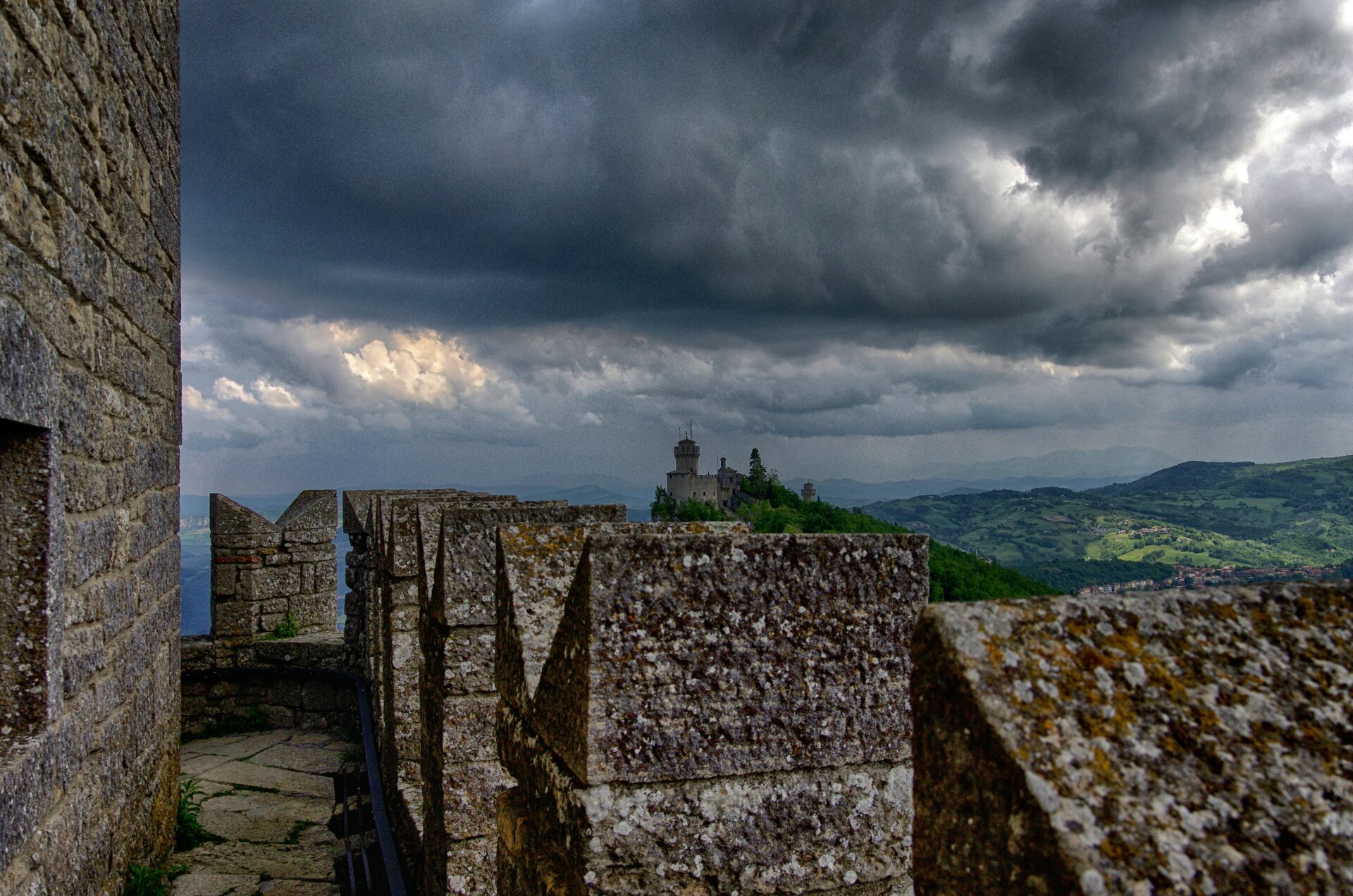
Winter visits require extra caution as pathways can become slippery with ice or snow. The Three Towers path offers spectacular views of the countryside. However, it has steep sections that become treacherous in bad weather.
Summer thunderstorms can develop suddenly. If you hear thunder, seek shelter immediately in one of the many cafés or museums that dot the historic center.

